
Travel
8 Unbeatable Bargain Destinations

By: By: Everett Potter
If you’re looking for value -- and who isn’t? -- it pays to search out a destination that is off the beaten path. That means Eastern Europe or an emerging ecotourism star in Central America. Two Southeast Asian countries also offer great bang for your buck, while Canada and a forgotten gem on the Mediterranean are new vacation finds. Lisbon remains one of the most affordable Western European cities, while Buenos Aires is still one of the greatest vacation deals around. With prices continuing to fall, these eight choices are looking better and better as vacation possibilities.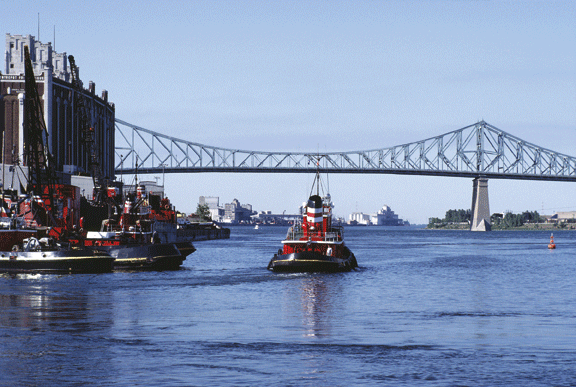
Montreal: Paris Flair Without The Cost
A little over a year ago, the unthinkable happened: The Canadian dollar actually grew stronger than the American dollar. But then the global financial crisis hit and the “loonie” sank back to where it had been for decades.
Montreal, in particular, offers exceptional value to tourists. The second-largest French-speaking city in the world is an energetic hybrid with a terrific subway system that can get you anywhere. Buy a Tourist Card for $9 (Canadian) daily or $17 for three consecutive days to make it a really cheap ride. You can afford to do more than browse the European-style shops in the 22 miles of tunnels that comprise Montreal’s Underground City.
In the heart of Old Montreal, Le Saint-Sulpice (lesaintsulpice.com; from $142) is an all-suite boutique hotel where the smallest room is 550 square feet. It has courtyard or street views. L’Express, a boisterous, Parisian-style bistro with a vast French menu is at 3927 rue Saint-Denis; dinner for two before wine and tip: $59.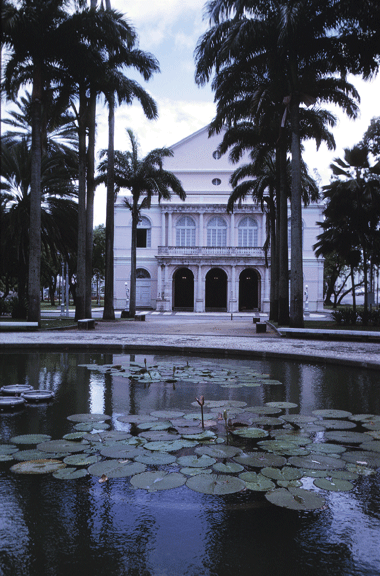
Boquete, Panama: The New, Affordable Costa Rica
A lush mountain town surrounded by orange groves and coffee trees, Boquete sits in the highlands in the western Chiriqui Province of Panama. Thanks to entrepreneurs who have organized zip-line treks, white-water rafting and mountain hikes, Boquete has emerged as one of Central America’s best ecotourism centers. Panama, whose currency is the U.S. dollar, has long been a haven for American retirees looking for an affordable tropical paradise. It also offers ecotourism without the crowds and prices of Costa Rica: You can expect to pay about 20 percent less than you would in Costa Rica.
Join Chiriqui River Rafting (panama-rafting.com) for a two-hour raft tour of the lower Magajua River for $85. Or go zip-lining with Boquete Tree Trek (aventurist.com) for $60.
Panamonte Inn and Spa (panamonteinnandspa.com; from $98) offers old-world European charm, a welcoming fireplace and a comfortable base for exploration. A full spa will take care of tired hiking muscles. For quesadillas, grilled fish, an extensive wine list and a pleasant ambience, visit Bistro Boquete (Avenida Central and Calle 1 Sur), a popular stop for travelers; dinner for two is $20.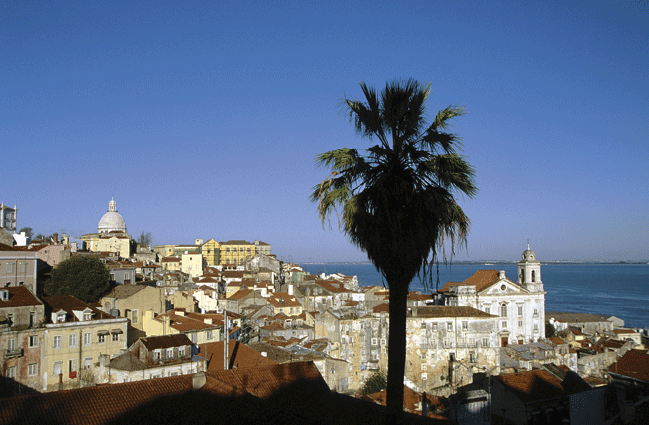
Lisbon: City By The Sea
With its lively cafes, beautiful churches and charming streets, Lisbon is one of Europe’s most compact and delightful capitals. Taxis are inexpensive, and $4.46 will buy you an all-day pass for the city’s fabled “electricos” (trams), as well as buses, funiculars and elevators (to get you up the many hills). Or consider the Lisboa Card, $19 for a 24-hour card, good for free public transport and free admission to dozens of museums such as the Sintra National Palace, and discounts at many others. Lisbon is known for leather goods, ceramics and antiques, so hit the Chiado area, the best shopping neighborhood in the city.
Hotel Botanico (hotelbotanico.pt; from $64) is a modest, three-star, 30-room hotel near the Botanical Garden. Expect a clean, bright interior and a fantastic central location. In the city center, Bonjardim (Travessa de S. Antao 12) serves charcoal spit-roasted “piri piri” chicken to a lively crowd. Dinner for two is about $45.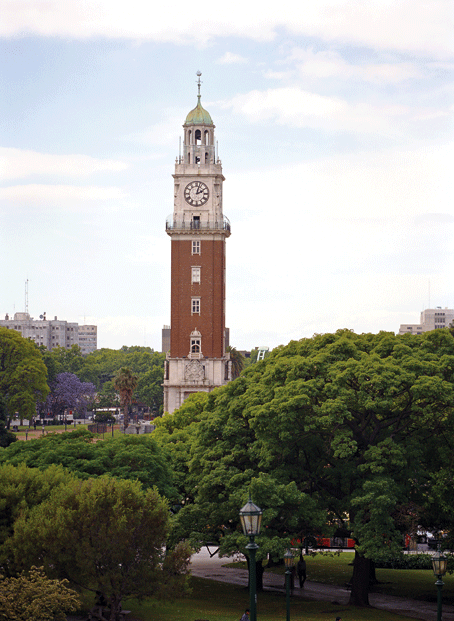
Buenos Aires: Steak And Style
The Paris of South America is aptly named. It’s a romantic city of cafes and 19th-century French Belle Epoque architecture, with a pleasant European-flavored formality. But it’s been infused with the manic energy of artistic expatriates from all over the world. After a couple of days, think about flying off to Mendoza to visit wine country, or to Bariloche, Argentina’s wild, wild west and the gateway to Patagonia. Both are about two hours’ flight from the capital.
Argentina’s currency collapsed in 2001 and it’s sunk even lower of late, so the country remains a great value. One dollar now buys about 3.30 Argentine pesos, which means inexpensive dining, hotels at a fraction of the price of their European counterparts and great shopping for leather goods, high fashion and antiques.
Mine Hotel (Kiwicollection.com; from $150, including breakfast) is located in the very hip Palermo Soho neighborhood, where the art and fashion crowd congregate. Rooms are minimalist in design, with bright splashes of color. Outside Bariloche, Peuma Hue (peuma-hue.com; from $305) is an estancia or guest ranch with a main lodge and a handful of wooden cabins set between two lakes. Rates include meals and guided hikes and horseback rides, as well as the 20-minute drive to Bariloche.
La Cabrera (parillalacabrera.com.ar; dinner for two, $30) in Palermo Viejo is a traditional Argentine parilla or steakhouse with some 20 different cuts of meat.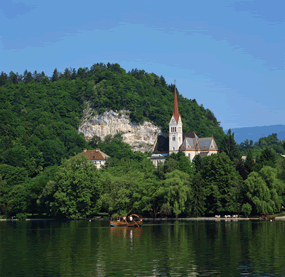
Ljubljana, Slovenia: Fairytale Europe
Slovenia, part of the former Yugoslavia, is sandwiched between Croatia and Italy. Ljubljana, the country’s capital, is compact and eminently walkable. It has a medieval Old Town of cobblestone streets, outdoor markets, a 16th-century castle and a river lined with cafes, museums and centuries-old churches. Ljubljana often feels as if it’s pleasantly stuck in the 1950s, but there’s vibrant energy in the Metelkova City area, which houses nightclubs and galleries, as well as a branch of the national museum. From Ljubljana, you can reach the Adriatic coast in 90 minutes, while Lake Bled and its snow-capped mountains are an hour away by train.
The weakened euro has lowered the cost of hotels, restaurants and cafes. Like many Eastern European cities, it’s a fraction of the cost of its siblings in Western Europe. The centrally located Slamic Bed and Breakfast (slamic.si; from $140) has just seven rooms, but it offers television and Internet access, so it’s really like a hotel. Zlata Ribica (zlataribica.si/en; dinner for two $52) is one of the city’s best restaurants, with a mix of Slovenian and Continental fare and a great terrace on the river.
Ho Chi Minh City:
Fast-Paced And Seriously Cheap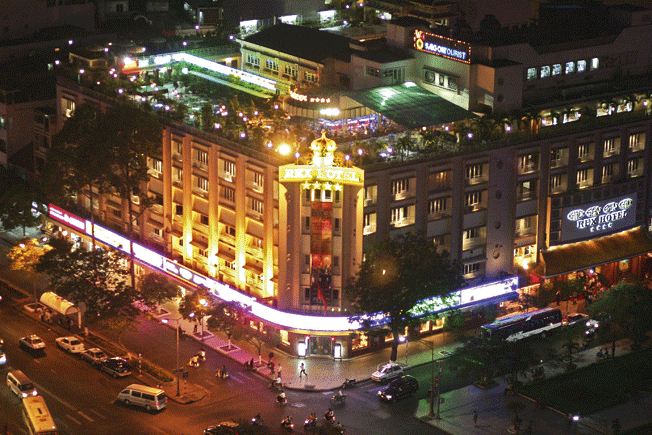
Whether you call it Ho Chi Minh City or Saigon, it’s the frenetic heart of the new Vietnam, with 7 million residents and 4 million motorbikes. This mega-city is a fast-changing metropolis and a good jumping-off spot for seeing Vietnam’s beaches or UNESCO World Heritage Sites like Hoi An or the 1,600 limestone islands in Ha Long Bay.
One American dollar is currently worth 17,000 dong. That exchange rate is the reason designer clothing, custom suits and artwork in Saigon’s boutiques cost far less than in the West. Many of the best shops are on tree-lined Dong Khoi, and the Cholon “Big Market” in the Chinese district is even better for discounts. Hire a cyclo (a tricycle with passenger seats) to chauffeur you around and see the remaining colonial architecture, such as the Opera House.
Hotel Majestic (majesticsaigon.com.vn; from $175) is a French colonial dowager dating from 1925. The best of the 175 rooms in this five-star property have views of the Saigon River, at rates that are a quarter of what Hong Kong hotels charge. Mandarin Restaurant (11A Ngo Van Nam St. Dinner for two, from $40), a respite from the city’s bustle, has Vietnamese and Chinese cuisine. 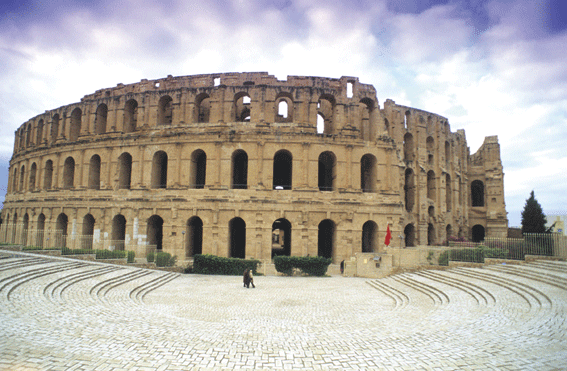
Tunis: The Next Morocco
Thanks to the British, Italians and French who flock to its Mediterranean beaches, Tunisia is becoming the new Morocco. Tucked between Algeria and Libya, it’s peaceful and almost unknown to Americans. Tunis, the capital, is a marriage of the Mediterranean and North Africa, with a spectacular medina, markets, mosques and cafes, as well as French Art Nouveau buildings.
The value of the U.S. dollar has risen to more than 1.3 dinar. That means more buying power in a country that was relatively inexpensive to start with. Board the Tunis-Goulette-Marsa train, which travels to Carthage, continues on to the artists’ colony of Sidi Bou Sa‘d and ends at La Marsa, a 19th-century seaside resort. The 30-minute trip costs about $1. Or take a taxi from Tunis, about $8. In the medina, you’ll find good buys on kilim rugs and shisha pipes, as well as jewelry and textiles.
The Tunisia Palace hotel (goldenyasmin.com; from $145) is a four-star property with 49 rooms in a renovated bank building. Close to the Zitouna Mosque (the Great Mosque), Dar Bel Hadj (17, Rue des Tamis; dinner for two, $40) is located inside a 17th-century mansion, with antique furniture and ceramic wall tiles. Expect couscous and meat and fish tajines.
Bali: Paradise For Pennies
Bali is a hypnotic place, an island where the jungle, shoreline, ubiquitous temples and the sensuality of the culture offer a close approximation of paradise. The good news for is that the Indonesian rupiah has kept pace with the dollar, and the country is still “developing,” which means that visitors can live like kings. Dinner for $10 is common, taxi rides of $3 and $4 are the norm. A two-and-a-half-hour guided jungle trek costs $64 with Bali Adventure Tours (baliadventuretours.com). As for shopping, wood carvings, paintings, fabrics and jewelry top the list. And haggling is de rigueur. If you want to see traditional Balinese dance performed to gamelan music, Ubud Palace is the place-- a performance costs $4.60.
On the quiet north side of Bali, Damai Lovina Villas (damai.com; rates start at $150). There’s an outdoor restaurant, a spa and the kind of tranquillity that’s Bali’s trademark. Bebek Bengil (Pedang Tegal) is perhaps the quintessential Ubud restaurant, serving “dirty duck,” marinated in local spices and deep fried. Dinner for two: $25.